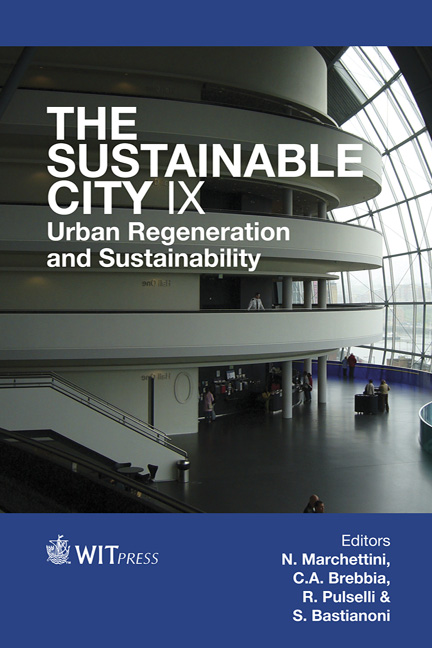Suburban Buffers As Key Areas In A Sustainable City
Price
Free (open access)
Transaction
Volume
191
Pages
9
Page Range
681 - 689
Published
2014
Size
306 kb
Paper DOI
10.2495/SC140571
Copyright
WIT Press
Author(s)
K. Barełkowska, L. Chlasta
Abstract
Harmonious development, management and thriving of urban space depends much on places of seemingly little importance – modest suburban areas of housing, industrial zones, mixed peripheral developments, but zooming in to the point of analyzing the urban detail, also the areas that bring those zones together – the urban buffers. The urban buffers may be defined as seams between areas of diverse urban functions, particularly those of contradicting functions. The dynamic development processes often occurring in peripheral zones of cities are subject to multiple social, political and economic pressure factors and diminish the rationality of planning and spatial management. On one hand, there is a classic process of urban sprawl, well described in the literature and resulting mostly in housing pouring out of timely limits of urban structures. On the other hand, there are larger infrastructural or industrial developments with their primary assumption on being settled in well communicated but cheap land plots. This kind of mixture results in creating interweaved fabric of many functions and their areas of influence overlapping and producing conflicting zones. This paper will attempt to diagnose and systematize buffer areas as well as confront ways the conflicts manifest with possible planning and design solutions aimed at weakening negative effects or eliminating those effects.
Keywords
buffer zone, transitional zone, incompatibility areas, matrix of buffers





